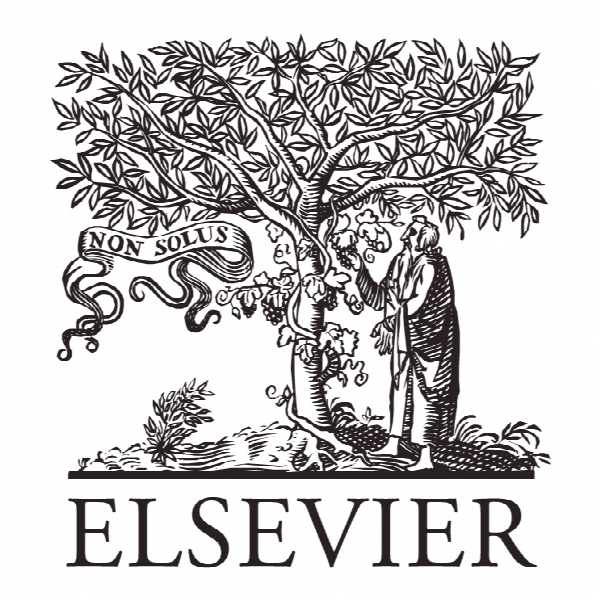تاثیر منبع تامین مالی بدهی بر خطر پیش فرض Does the Source of Debt Financing Affect Default Risk?
- نوع فایل : کتاب
- زبان : انگلیسی
- ناشر : Elsevier
- چاپ و سال / کشور: 2018
توضیحات
رشته های مرتبط مدیریت، اقتصاد
گرایش های مرتبط مدیریت مالی، اقتصاد مالی
مجله بررسی اقتصاد مالی – Review of Financial Economics
دانشگاه Department of Quantitative Finance – National Tsing Hua University – Taiwan
منتشر شده در نشریه الزویر
کلمات کلیدی انگلیسی Bank loans; Supply shock; Debt financing; Default risk; Public debt markets
گرایش های مرتبط مدیریت مالی، اقتصاد مالی
مجله بررسی اقتصاد مالی – Review of Financial Economics
دانشگاه Department of Quantitative Finance – National Tsing Hua University – Taiwan
منتشر شده در نشریه الزویر
کلمات کلیدی انگلیسی Bank loans; Supply shock; Debt financing; Default risk; Public debt markets
Description
1. Introduction Debt financing literature indicates that the source of debts has impacts on firms’ economic situations, investments (Chava and Purnanandam 2011), and capital structure (Faulkender and Petersen 2006). With a somewhat different approach, we focus on the link between the source of debts and firms’ default risk, which explains the manifestation of financial shocks as reduced real investments. 1 Understanding what drives default risk during credit crunches thus is important for efforts to stabilize the real economy. Our evidence suggests that the debt financing source strongly influences firms’ default risk during the 2007–2010 financial crisis. How does the debt financing source affect the default risk of firms? Credit supply shock theory asserts that firms raising funds mainly from credit markets face challenges, because the crisis affects all credit channels (Gorton 2010). Bank supply shock theory further states that, in response to shocks in banking systems, banks choose not to renew loans and refrain from issuing new loans. The impaired bank financing channel then generates stronger adverse impacts on firms that rely more on financing from these banks (Ivashina and Scharfstein 2010). Furthermore, bank-dependent firms with access to public debt markets seemingly substitute their bank loans with publicly traded debts, which could mitigate the adverse impact due to bank lending shocks. We find strong evidence in support of the bank supply shock theory, in that the default risk of firms that depend on bank debt increases significantly more than the default risk of similar firms without such dependence. However, we cannot affirm credit supply shock theory, because we find that the default risk of firms that rely solely on public debts does not change significantly. Nor do substitution benefits arise; bank-dependent firms, regardless of their ability to access public debt markets, experience similar increases in their default risk. The empirical findings reflect an appropriate selection of all listed non-financial firms in the U.S. market from 2006 to 2010, which produces a sample of 3,169 unique firms and 113,409 firm-month observations. We measure default risk with an indicator of the distance-to-default and analyze its time-series changes over the crisis period (relative to its level during the pre-crisis period). 2 Furthermore, we adopt a difference-in-differences methodology, such that we compare the cross-sectional heterogeneity of time-series changes in default risk across firms that rely on different debt financing sources but that exhibit similar risk characteristics before the 2007–2010 crisis. This robust method reduces the concern that some unobservable risk factors may drive the results. In addition, we focus on results during the early stage of the financial crisis. Because this period is less affected by the demand-side effect, we provide more plausible results related to the supply shock effect.


